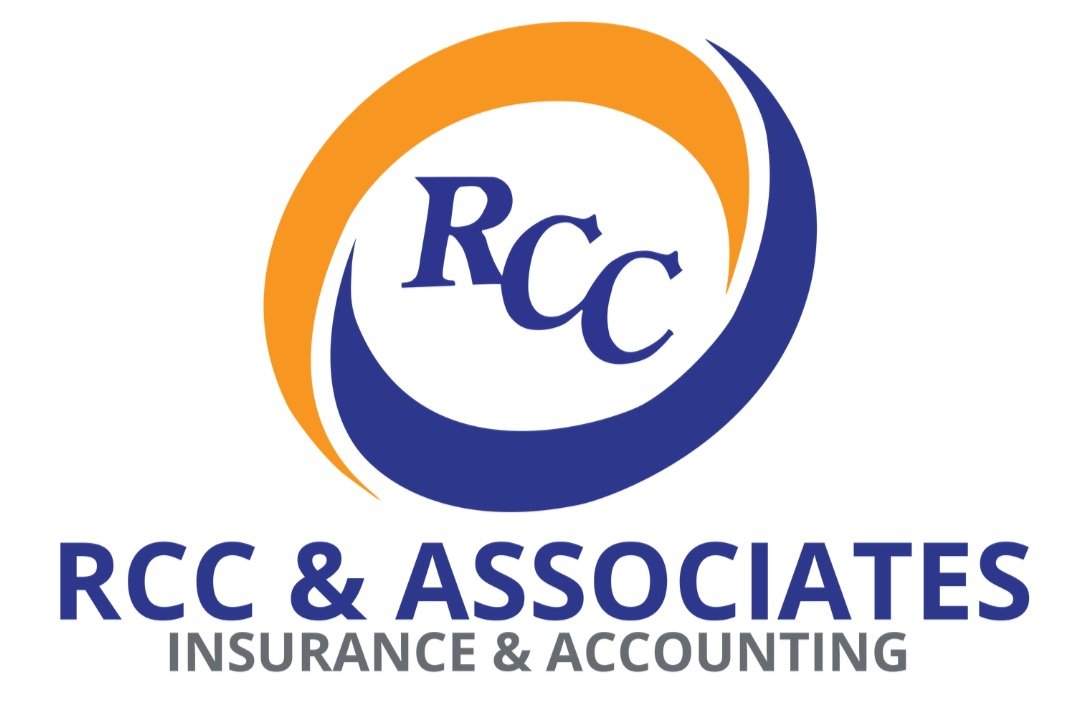The Crucial Link Between Workplace Safety and Business Insurance
Introduction
Workplace safety isn't just a legal requirement; it's also a fundamental aspect of running a successful business. Beyond the immediate impact on your employees' well-being, a strong safety culture can significantly influence your business insurance. In this article, we'll explore how prioritizing safety at work can have a positive effect on your business insurance coverage and costs.
The Interplay Between Safety and Business Insurance
Reduced Risk and Claims: Implementing comprehensive safety measures can lead to a decrease in workplace accidents and injuries. This, in turn, lowers the number of insurance claims you need to file, reducing the risk profile associated with your business. Insurers view companies with fewer claims as less risky and offer better insurance terms.
Favorable Premiums: A strong safety track record can lead to more favorable insurance premiums. Insurance providers often offer discounts to businesses that demonstrate commitment to maintaining a safe environment. This results in significant cost savings over time.
Improved Reputation: A company that prioritizes safety earns a positive reputation not only among employees but also within the industry. This can lead to increased customer trust and better relationships with partners, positively impacting your business's overall stability.
Higher Coverage Limits: Insurance providers may be more willing to offer higher coverage limits to businesses with a strong safety record. This ensures that you have adequate coverage in case of a major incident, minimizing potential financial losses.
Easier Claims Process: A well-documented safety program and incident prevention strategies demonstrate your commitment to risk management. In the event of a claim, insurers may find it easier to process and approve claims, leading to quicker resolutions.
Strategies for Enhancing Workplace Safety
Training and Education: Regularly train employees on safety protocols and procedures, ensuring they are aware of potential risks and how to mitigate them.
Safety Policies: Develop and enforce comprehensive safety policies that cover all aspects of your business operations. Regularly update these policies to reflect changing circumstances.
Risk Assessment: Conduct regular risk assessments to identify potential hazards and take proactive measures to address them.
Employee Engagement: Encourage employee involvement in safety initiatives. Employees on the front lines often have valuable insights into potential risks.
Continuous Improvement: Foster a culture of continuous improvement by regularly reviewing safety procedures and incorporating lessons learned from near-miss incidents.
Conclusion
Workplace safety isn't just a legal obligation; it's an essential component of responsible business management. Beyond its direct impact on employee well-being, a robust safety program can substantially influence your business insurance. By minimizing risks, earning favorable terms, and enhancing your overall business reputation, prioritizing safety creates a win-win situation for everyone involved. Take the necessary steps today to bolster workplace safety, protect your employees, and positively impact your business insurance coverage and costs.
